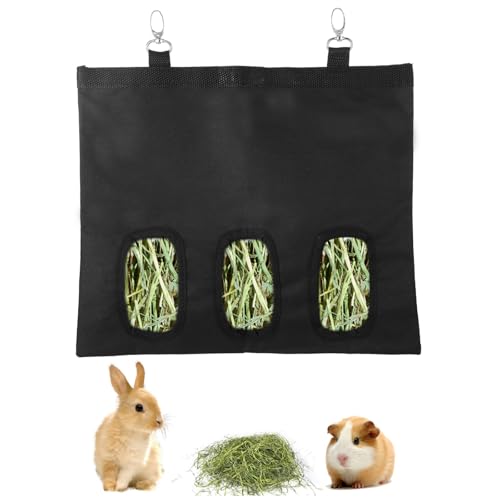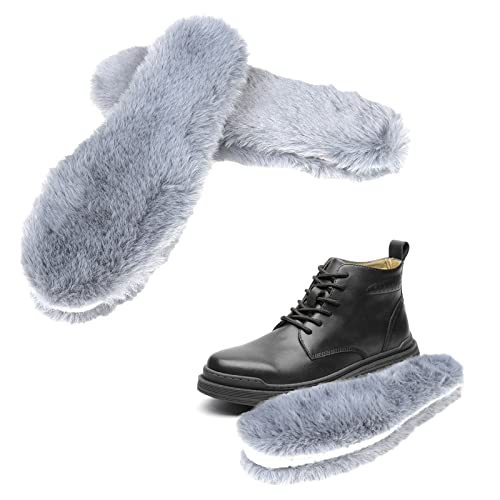Ice
Active member
I am planning on using stacking cages in a shed (I would be using an automatic watering system) and I am wondering what to use for getting my rabbits water to the shed, originally I was planning on just using a hose, but almost every source I've found says that hose water is bad for animals. So how would I be able to safely give my rabbits water? It would be nice to not have to go in the house, so that I don't have to go back and forth or try to tote them in and out of the house.
























![FHQHTH Faux Rabbit Fur Purse Fuzzy Handbags for Women Evening Handbags Al alloy Shoulder Strap [Rabbit Red]](https://m.media-amazon.com/images/I/41l5Hd2qrhL._SL500_.jpg)








